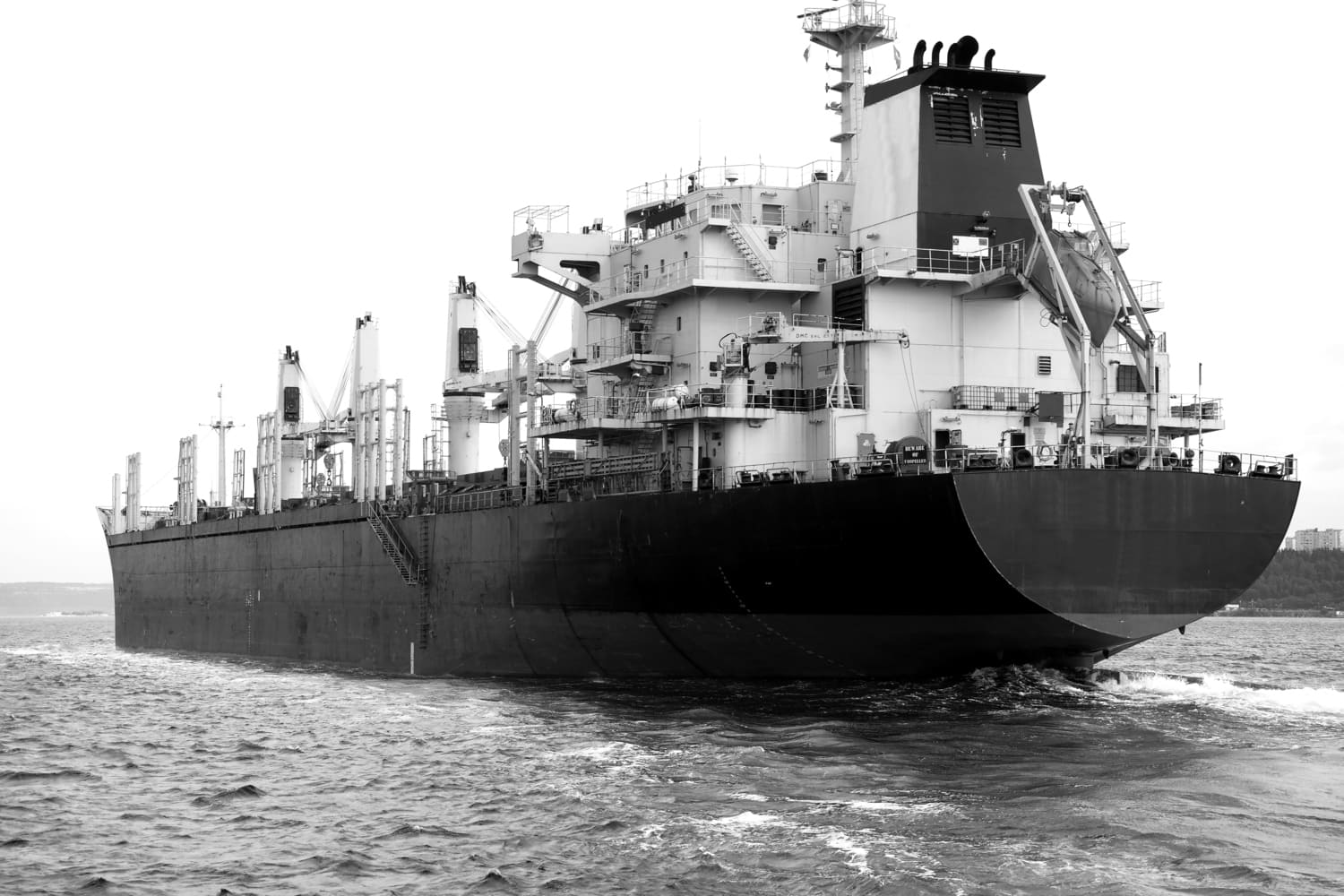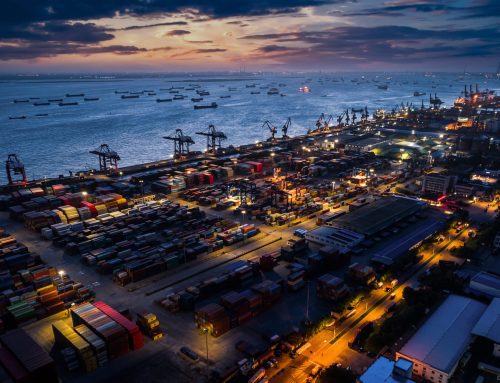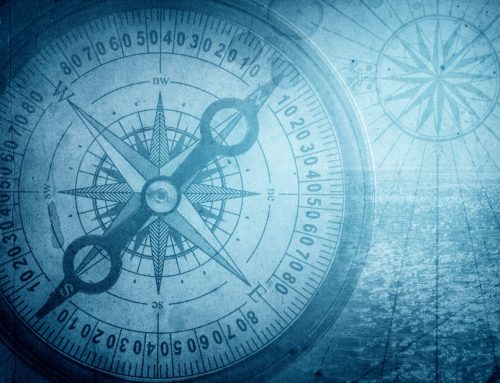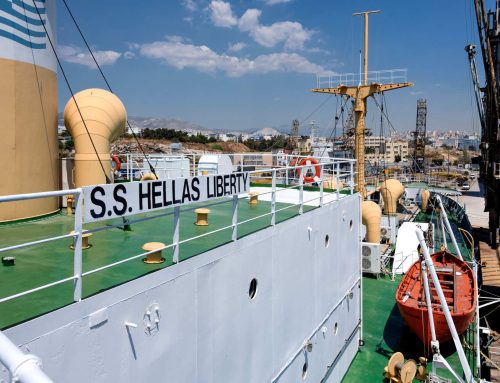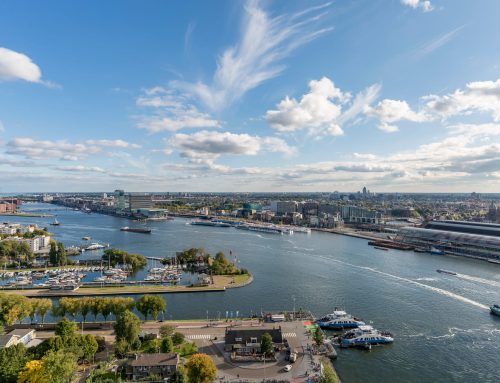The history of classical antiquity is to a large extent a maritime history. From the Late Bronze Age to Late Antiquity, it was in many ways strongly influenced by the Mediterranean Sea, its conditions and opportunities. The mare mediterraneum was an essential factor for the emergence and development of numerous coastal communities as well as for the spread of cultures. It gave rise to various smaller and larger maritime powers, such as the Phoenicians, Athenians or Carthaginians, and was wholly dominated by Rome for more than two centuries. The sea enabled easy connections over long distances and a largely free exchange of goods and culture for centuries. And because of the sea, one can certainly speak of a globalised ancient Mediterranean world already at an early stage.
Early civilizations, which arose by waterways, depended on watercraft for transport. The Egyptians were probably the first to use seagoing vessels (c. 1500 BCE); the Phoenicians, Cretans, Greeks, and Romans also relied on waterways. In Asia, Chinese ships equipped with multiple masts and a rudder were making sea voyages by about 200 CE; from as early as the 4th century BCE the Chinese also relied heavily on internal waterways to transport food to their large cities. Japan, too mountainous to rely on roads for mass transport, also relied on internal and coastal waterways for shipping from early in its history.
The spice trade was a great stimulus to shipping trade; Arabians were sailing to the so-called Spice Islands of the East Indies before the Christian era, and European merchant marines grew up largely because of it. The tea trade had a similar effect, as did the discovery of gold in the New World. The development of shipping as a means of international trade shaped the formation of port cities in coastal regions across the globe.
Nevertheless, the various conditions in individual areas of the Mediterranean could hardly have been more diverse. Unlike today, navigation and trade routes were particularly dependent on regional and supra-regional meteorological conditions as well as on the natural environment. The local and regional hinterland of individual coastal regions also offered factors of influence that were as different as they were various. Whereas the sea in antiquity was always both a connecting and a dividing element – and in terms of cultural and historical development the ‘simultaneity of the non-simultaneous’ was not the exception but the rule.
The ships we come across nowadays are large, sturdy and self propelled vessels which are used to transport cargo across seas and oceans. This was not the case centuries ago, and the current ship has undergone countless centuries of development to become what it is today.
In ancient marine times, people used rafts, logs of bamboo, bundles of reeds, air filled animal skins and asphalt covered baskets to traverse small water bodies. To be precise, the first boat was a simple frame of sticks lashed together and covered expertly with sewn hides. These boats could carry large and heavy loads easily. You get to know about examples of such ancient boats among the bull boats of North American plains, the kayaks of the Inuit’s and the coracks of British islanders. Yet another ancient boat was the dugout which is a log that is hollowed out and pointed at the ends. Some of these were even as long as sixty feet. Here is a brief attempt to traverse lightly over the history of ships and how they evolved to what they are now.
Ancient marine history makes for quite an interesting study of the strength and survival instincts of humanity at large. For instance, in ancient times, the simple oar was not in use. Instead people used their hands to paddle along in their tiny boats. They moved rafts by pushing poles against the bottom of the rivers. Slowly, using creative instincts and ingenuity, man learnt to redesign the poles by flattening them and widening it at one end, and thus the paddle was designed to be used in deeper waters. Later on, it was again ingeniously transformed to become the oar-a-paddle that is fixed on the sides of boats.
Invention of Sails
The invention of the sail was the greatest turning point in maritime history. The sails replaced the action of human muscles and sail boats could embark on longer trips with heavier loads. Earlier vessels used square sails that were best suited for sailing down wind. Fore and aft sails were devised later.
Egyptians take the credit for developing advanced sailing cargo ships. These were made by lashing together and sewing small pieces of wood. These cargo ships were used to transport great columns of stone for monument building.
Phoenicians and their Contribution
History of ships is never complete without mentioning the Phoenicians. They deserve special mention since it is highly probable that they were the pioneers of the wooden sailing vessels that were to sail the high seas centuries later. The Phoenicians fashioned out galleys from the earlier dugouts with sails and oars providing power. As the galleys grew larger, according to specifications and requirements, rowers were arranged at two levels.
These were called the biremes by the Greeks and Romans. They also built triremes that are galleys with three banks of oars.
Types of Ships in Ancient Maritime History
As marine history and along with it, the history of ships unfolds; it draws images of intrigue and amazement at the expert and diligent craftsmanship of the ancient mariners. The medieval ships were clinker built, which refers to the clenching of nail -on technique used for securing planks. The clinker design was adapted from the earlier skin boats which had to be over lapped to make it water tight.
The Irish, in the medieval ages were in possession of more advanced vessels like the Irish curragh. These had wooden frames and a hide covered wicker hull; it is speculated that these ancient ships were fitted with removable masts rigged using primitive sails.
By 1000 AD, the famed Viking Long ship was permitted a travel into the Mediterranean. These ships were wider and had a more advanced mast stepping design.
By 800 AD an alternative form of the north European ship design, the hulk came into vogue. The Utrecht ship is an example of the hulk. Its planks are flush, butted end to end and tapered in order to draw up at the sides and at the bow and stern.
Improvements in Marine Vessels
Ships continued to develop as overseas trade became increasingly more important. By late 1100’s a straight stern post was added to ships to facilitate the hanging rudder. This aspect improved greatly the handling characteristics of a ship. The rudder permitted larger ships to be designed. It also allowed for ships with increasingly higher free boards to be built.
As years passed, in order to avoid risk of water damage, cargo was transported in large gallon barrels called tuns. The crew could now sleep on big leather bags on deck; the passenger space was termed “steerage” and this term is still in use today to refer to passenger accommodation of minimal facilities.
The British relied heavily on the nef, a term used for ships. At this point of time, ship design took a different turn – the first distinctive feature was the plank on frame construction. This allowed for much larger ships to be built. With more ships at sea, trade occurred from nearly all ports and there arose a need for a ship that could sail from anywhere to anywhere.
The carrack was designed and she was truly one of the tall ships. It has its origin in Genoa and sports the design of three Mediterranean vessels set to sail north through the Atlantic trade in the Bat of Biscay. The carrack was almost exclusively built of carvel, a type of construction that had its uses in both skin and frame built ships. In this design, the planks are fitted edge to edge rather than overlapping. In fact the carrack was the first to use the full skeletal design with planking framed on ribs the entire way to the keel.
History of Container Ships
The initiation of container shipping forms one of the most remarkable developments in the maritime cargo industry. Container ships, a type of cargo ship, have revolutionised how cargo supplies are ferried and transported across the world by assuring the safety and security of the thus transported cargo supplies. Today, some of the biggest shipping companies deal mainly with the containerised form of cargo.
The first models of container ships were mainly designed to ferry goods trains’ freight cars. Using crane and ramp systems, these freight cars could be loaded and unloaded from the vessels. The intermodal shipping container was born back in 1956 by an American entrepreneur Malcom McLean and has since revolutionized shipping and global trade. For years Malcolm wondered how he could get his trucking company’s entire cargo loaded onto a shipping vessel as quickly and efficiently as possible. He started working with engineer Keith Tantlinger to engineer the world’s first shipping container. It was an incredible invention that eliminated wasted space and cut unloading time by up to 3 weeks. The most significant change is that the shipping container allowed cargo to be seamlessly transported between road, rail and sea.
The world’s first container ship, a converted World War 2 tanker ‘Ideal X’ sailed from the port of Newark to the port of Houston in 1956. It carried 58 shipping containers. In 1968 the International Standards Organisation standardised this invention as a standard box. The box was identified as being 20 foot long, 8 foot high and 8 foot wide. From then on ships were then completely re-designed around the dimensions of boxes! Shipping costs plummeted and it now became cheaper to manufacture goods on the other side of the world because shipping became so cheap. Since then it has revolutionised ports, rail networks, ships, cities and countries all over the world. The shipping container has been the single biggest catalyst of globalization.
Over the years, technological advancement has made it possible for comparatively far more feasible methodologies. However, crane systems still play a significant role in the loading and unloading operations of the containers to and from the vessels’ holds. Specialised lashing and cargo handling systems are used to secure the containers in their places.
Today’s modern shipping vessels can carry over 20,000 TEU shipping containers (Twenty-Foot Equivalent Units). There are currently 20 million shipping containers ‘on the water’ travelling between countries all over the world. Most people don’t know it or appreciate it, but today over 90% of purchased items have been transported inside a shipping container.
SOURCES:
https://www.ancient-maritime-world.com
https://www.britannica.com/technology/shipping-water-transportation
https://incodocs.com/blog/history-of-shipping-container-1956-world-trade/

